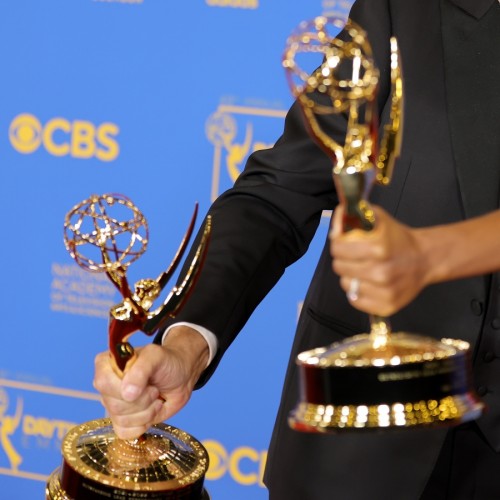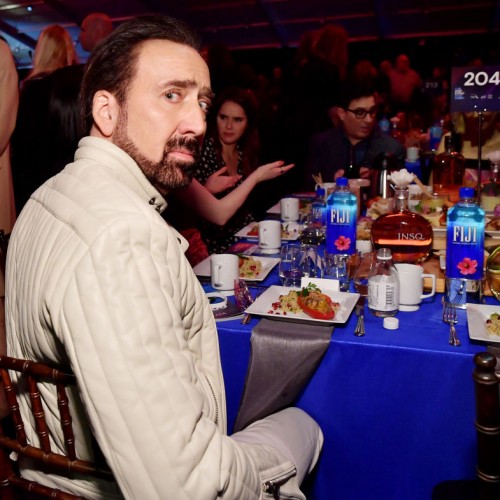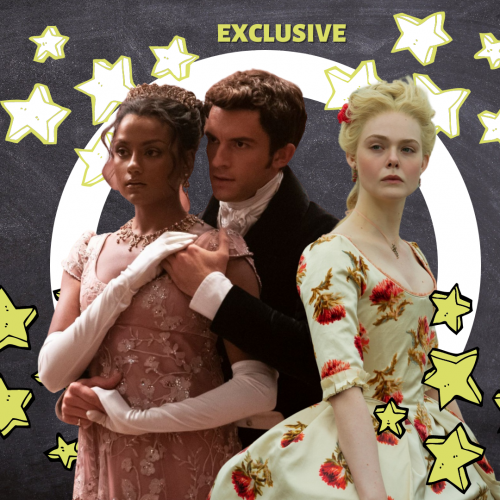'The Original Sad Girl?!' Apple TV+ Show 'Dickinson' Starring Hailee Steinfeld Uses the Future to Confront the Past
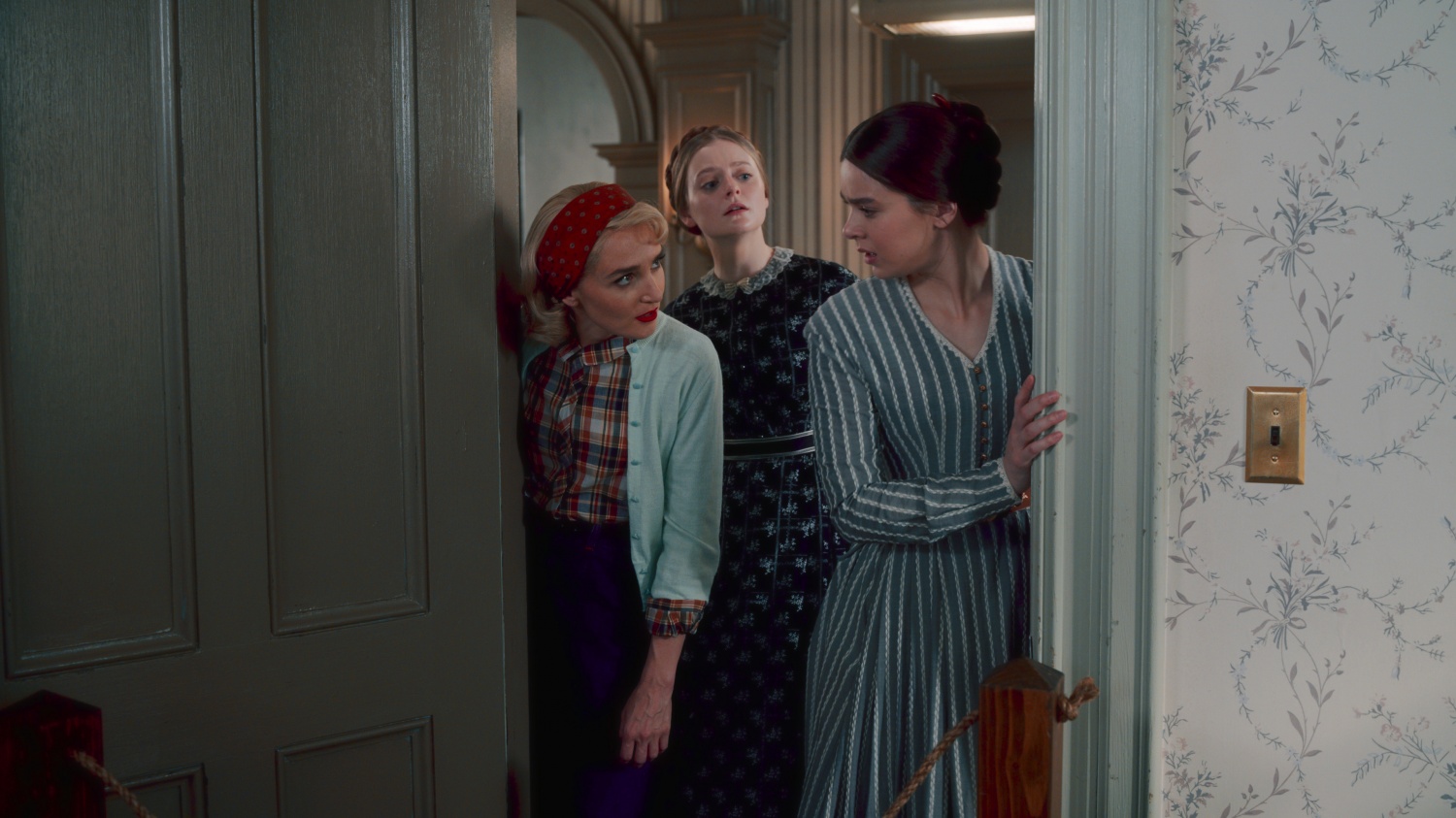
[Spoiler Warning for Season 3 Episode 7 of Dickinson]
The beauty of historical fiction is that the ratio of history to fiction fluxuates with captivating disparity. While shows such as The Great, which showed us that optimism is the deadliest weapon through the second season, declare themselves in the title sequence, "an occasionally true story," shows such as Vikings could easily be pulled out in a history class.
The Apple TV+ show Dickinson, starring Hailee Steinfeld as Emily Dickinson, explores the two. In episode seven of the newly released third series, she time travels to 1955 to see the way that she, the famous poet, is percieved in the future. This episode serves as the powerful conclusion to the overarching thesis statement: the sad and solitary reputation of Emily Dickinson we have heard throughout time is far from the truth.
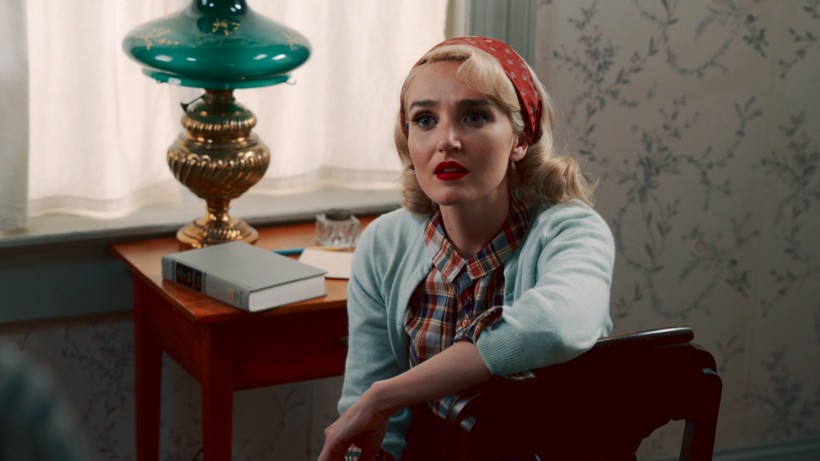
In the episode, Dickinson meets Sylvia Plath, who was played by Chloe Fineman, a relatively new SNL actor who was moved up to full cast member on Saturday Night Live this season.
In the episode, Plath declares that "Emily Dickinson was the original sad girl," equating Dickinson's personality and poetry to what we famously know to be Plath's modeus operandi. She explains that everyone knew that the poet was a ""miserable, dried-up spinster." Learning of this reputation irritated Dickinson, for it's reality reamins wanting.
This irritation serves its intended purpose on the show. Showrunner Alena Smith commented to The Hollywood Reporter,
"I felt that there's this misconstruction of Emily being someone just like Sylvia who was probably suicidal and died young, but none of that is true about Emily...Emily actually lived a long, contented life and created this phenomenal body of work and passed away as we all do when the time comes."
Through the lens of historical fiction, we are able to rectify our historical misconceptions.

Dickonson is currently streaming on Apple TV+.





